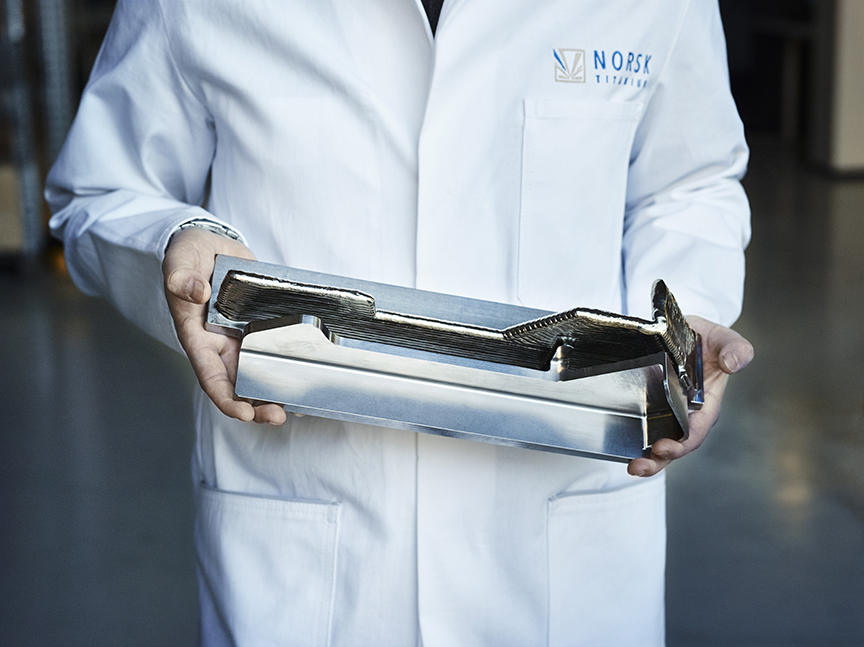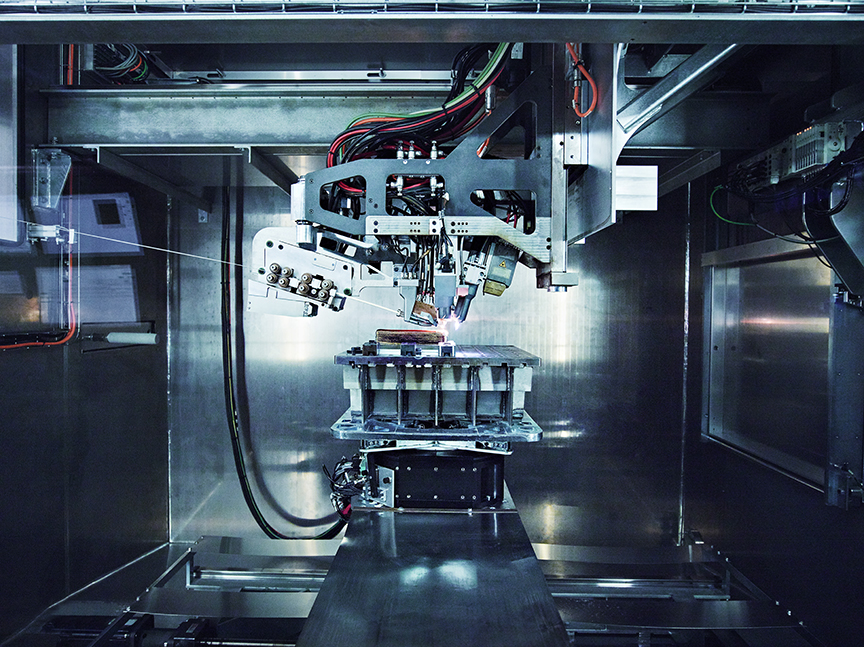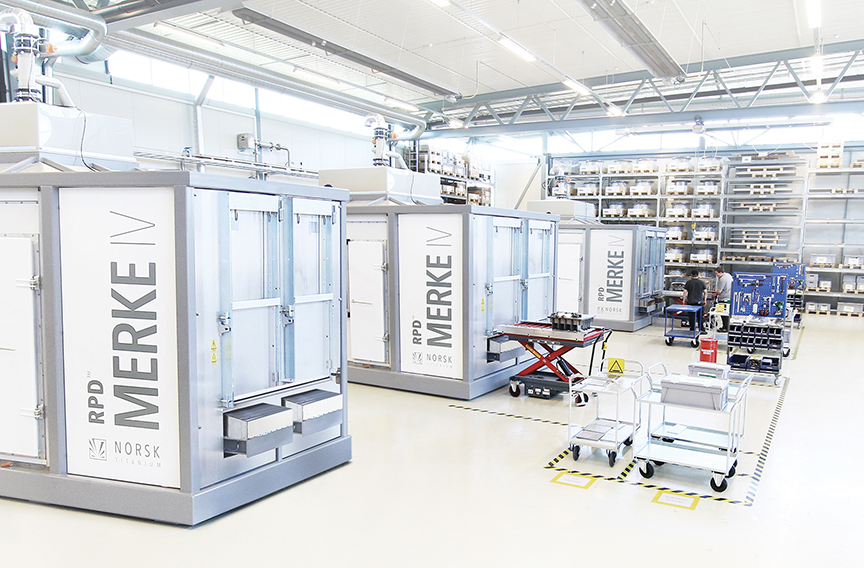Norwegian aerospace additive manufacturing specialists Norsk Titanium AS, has released details of a parts order from multinational aircraft corporation Boeing (NYSE: BA). According to Norsk, the ordered components will make the Boeing 787 Dreamliner the “first commercial airplane to fly with certified additive-manufactured titanium parts in structural applications.”

A “new and creative way” of producing metal parts
The titanium Dreamliner parts were 3D printed using Norsk’s proprietary Rapid Plasma Deposition™ process, where a wire feedstock is melted in a build area containing argon gas. Building layer by layer, the Rapid Plasma Deposition™ method produces a near-net-shape which is up to 80% complete before post-processing is undertaken.

John Byrne, Vice President of Airplane Materials and Structures at Boeing Commercial Airplanes, commented on the method saying,
From the outset, the 787 has been the hallmark of innovation and efficiency. We are always looking at the latest technologies to drive cost reduction, performance and value to our customers and Norsk Titanium’s RPD™ capability fits the bill in a new and creative way.

Honored with FAA approval
Testing for FAA approval of Norsk Titanium’s parts was completed in February 2017, assuring their “airworthiness”. According to FAA documentation, this can broken down into to two conditions:
- “The aircraft must conform to its type design.” i.e. parts are consistent with the parameters previously decided in the type certificate (TC) which covers all the different parts of the plane.
- “The aircraft must be in a condition for safe operation.” Taking into account corrosion of materials, cracks caused by air pressure and reaction to elemental stresses.
Warren M. Boley, Jr., President & Chief Executive Officer at Norsk Titanium said,
We are proud to take this historical step with a great aerospace innovator like Boeing. The Norsk Titanium team will continue to expand the portfolio of components supplied to Boeing meeting stringent certification requirements. It is an honor to earn FAA approval for these structural parts.
An additive manufacturing strategy
At Defence IQ’s Additive Manufacturing for Aerospace, Defense and Space conference our editor-in-chief gained insight into Boeing’s additive manufacturing strategy from Leo Christodoulou, Director of Structures and Materials, Enterprise Operations and Technology. At the conference Christodoulou, commented that “AM will dominate tooling”, and that “I’m not going to stick around for someone’s dream to come true, we just have to do it”.
In metal additive for aerospace, there have also be significant effort into production of high-stress components, such as SpaceX’s 3D printed SuperDraco thrusters, and copper thrust chambers from Aerojet Rocketdyne.
As we reported recently, wire deposition methods of additive manufacturing are also the focus of new companies looking to move into this sector.
For more of the latest additive manufacturing news sign up to the 3D Printing Industry newsletter and follow our active social media channels.
Don’t forget to vote now in the first annual 3D Printing Industry Awards.
Featured image shows a bed of additive-manufactured titanium components for the Boeing 787 Dreamliner. Photo via Norsk Titanium



